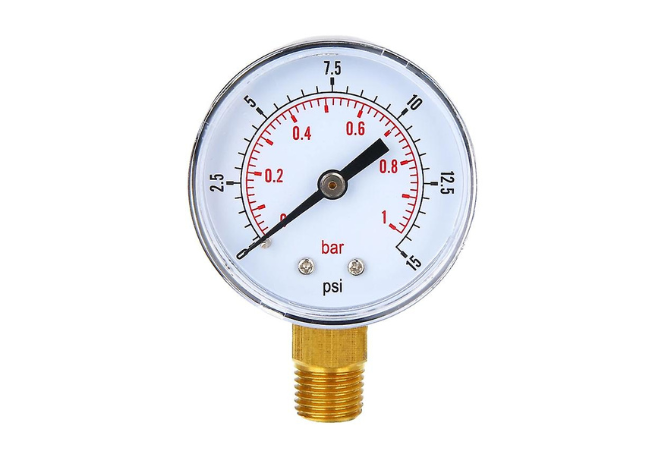What Are Coaxial Cables and How Do They Enhance Connectivity?
Introduction: Understanding Coaxial Cables
In the modern world of telecommunications, coaxial cables are a cornerstone in creating reliable and high-quality connections. But what exactly makes these cables so vital for transmitting data and signals? In this article, we'll dive deep into the world of coaxial cables, exploring their functionality, advantages, and how they compare with other types of cables, like twinaxial cables and coaxial cable assemblies.
The Basics of Coaxial Cable Technology
-
Structure: A coaxial cable consists of a core conductor, usually made of copper, surrounded by an insulating layer, a metallic shield, and an outer protective jacket.
-
Function: The unique construction allows coaxial cables to transmit high-frequency electrical signals over distances with minimal interference from external electromagnetic fields.
Twinaxial Cable: A Comparative Insight
-
Similarities with Coaxial Cables: Like coaxial cables, twinaxial cables are designed for high-frequency signal transmission, featuring a dual-conductor design that reduces crosstalk and enhances performance.
-
Key Differences: Twinaxial cables typically handle differential signals, which can be crucial in environments with significant electromagnetic interference.
Coaxial Cable Assemblies: Custom Solutions for Complex Needs
-
Definition: Coaxial cable assemblies consist of pre-terminated lengths of coaxial cable, often equipped with connectors suited for specific applications.
-
Advantages: These assemblies simplify installation processes and ensure performance integrity in critical applications, from broadcasting to aerospace.
Why Use Coaxial Cables?
-
Reliability: The shielding in coaxial cables provides superior protection against signal interference, ensuring consistent data transmission.
-
Bandwidth: Coaxial cables support a wide range of bandwidths, making them suitable for various multimedia applications.
-
Durability: Designed to withstand harsh environments, coaxial cables are ideal for both indoor and outdoor applications.
How Do Coaxial Cables Work?
-
Transmission of Signals: Coaxial cables transmit data as electrical signals through the central conductor, while the surrounding layers prevent signal loss and reduce EMI (Electromagnetic Interference).
-
Shielding Effectiveness: The metallic shield effectively blocks external interference, preserving the integrity of the transmitted signal.
Types of Coaxial Cables
-
RG-6: Widely used in residential internet connections and cable television.
-
RG-59: Best suited for CCTV installations.
-
RG-11: Offers lower attenuation levels, making it ideal for long-distance applications.
Features of Coaxial Cables
-
Flexibility: Despite their robust structure, many coaxial cables offer flexibility that aids in installation around tight corners.
-
Impedance: Typically standardised at 75 ohms for broadcasting and 50 ohms for data and wireless communications.
-
Connector Compatibility: Coaxial cables can be fitted with various types of connectors depending on the required application, including BNC, SMA, and F-type connectors.
Benefits of Coaxial Cables
-
Minimised Signal Attenuation: The construction of coaxial cables helps maintain signal strength over longer distances compared to other wired options.
-
Cost-Effective: Offers a balance between cost and performance, especially in bulk media transmission like television and internet services.
-
Ease of Installation: With the availability of coaxial cable assemblies, installation becomes quicker and errors are minimised.
Applications of Coaxial Cables
-
Telecommunications: Essential for broadband systems and traditional telephone lines.
-
Broadcasting: Used in radio and television transmission for precise signal delivery.
-
Networking: Serves as a backbone for many corporate network infrastructures.
-
Medical Instruments: Critical in medical imaging devices for accurate data transmission.
Conclusion: Coaxial Cables as Connectivity Champions
Coaxial cables have stood the test of time, proving their worth in various applications from home entertainment to critical medical and defence systems. Their unique structure, combined with the robustness and flexibility they offer, makes them an indispensable part of modern technology. Whether you're setting up a home theatre or laying down a telecommunications network, coaxial cables are a reliable choice that promises efficiency and durability.
Incorporating twinaxial cables and coaxial cable assemblies into your setup ensures that you have the right tools tailored to meet specific requirements, maximising performance where it matters most.




Comments
Post a Comment